A whopping 92% of Americans are deficient in at least one essential vitamin or mineral. And, with nutrient deficiency increasingly showing up as a major underlying driver of chronic disease, fixing this problem requires a shift in focus when it comes to choosing the foods on our plates.
Food provides the building blocks used to make every cell, tissue, organ, and structure in our bodies. Food provides all the raw materials for the millions of chemical reactions happening inside our bodies at every moment. And food provides the energy needed to sustain life. When you think about it this way, it’s easy to see how eating the right foods is so important for health: without all the building blocks, raw materials, and energy that our bodies need to operate normally (and healthily!), how can we expect them to stay free of disease?
Many of us think that nutrient deficiencies are mainly a problem in developing nations (whereas in Westernized countries like the United States, our problem is that we have too much food!), but this is a misconception. The Standard American Diet is definitely energy-rich, but it’s also nutrient-poor: the types of food that many people eat each day are high in added sugars, refined carbohydrates, and industrially processed oils, but devoid of the vitamins and minerals (and other health-promoting compounds) found in whole foods. See also The Importance of Nutrient Density
When we instead make our food choices based on what provides the best raw materials for our bodies, we have what’s called a micronutrient dietary focus, sometimes termed being a nutrivore.
Micronutrients are chemicals in foods that are essential for life and health, but are needed in relatively small amount. These include vitamins, minerals, phytochemicals (antioxidants and vitaminlike chemicals found in vegetables and fruits), essential amino acids (the building blocks of proteins), and essential fatty acids (the building blocks of fats, but they’re also used to make essential structures in every cell, like the outer cell membrane). In contrast, macronutrients are the constituents of food that provide the energy we need in larger amounts: carbohydrates, protein, and fat. See also Carbs Vs. Protein Vs. Fat: Insight from Hunter-Gatherers
Micronutrients can be categorized as essential and nonessential. Essential means that you’ll die without them. Nonessential means that you’ll go on living without them, though you may not be particularly healthy—and indeed, many micronutrients that are considered nonessential are known to improve health. Often, micronutrients are called nonessential simply because we don’t really understand exactly what it does in our bodies to support health—we just know that when we consume more of it, our risk of disease decreases. This is the case for most phytochemicals (like polyphenols) and many vitaminlike compounds (like coenzyme Q10). There are thousands of plant phytochemicals, and our understanding of their roles in health is so rudimentary that the most we can typically say about them is that they have antioxidant activity (that is, they help prevent damage to molecules in our body from oxidation). Yet we know that the more plant phytochemicals in your diet, the lower your risk of chronic disease. When you think about it in these terms, it’s easy to realize that even nonessential nutrients are pretty darned important.
So, what micronutrients are you most likely to be deficient in? And what foods are the best choices for boosting your intake?
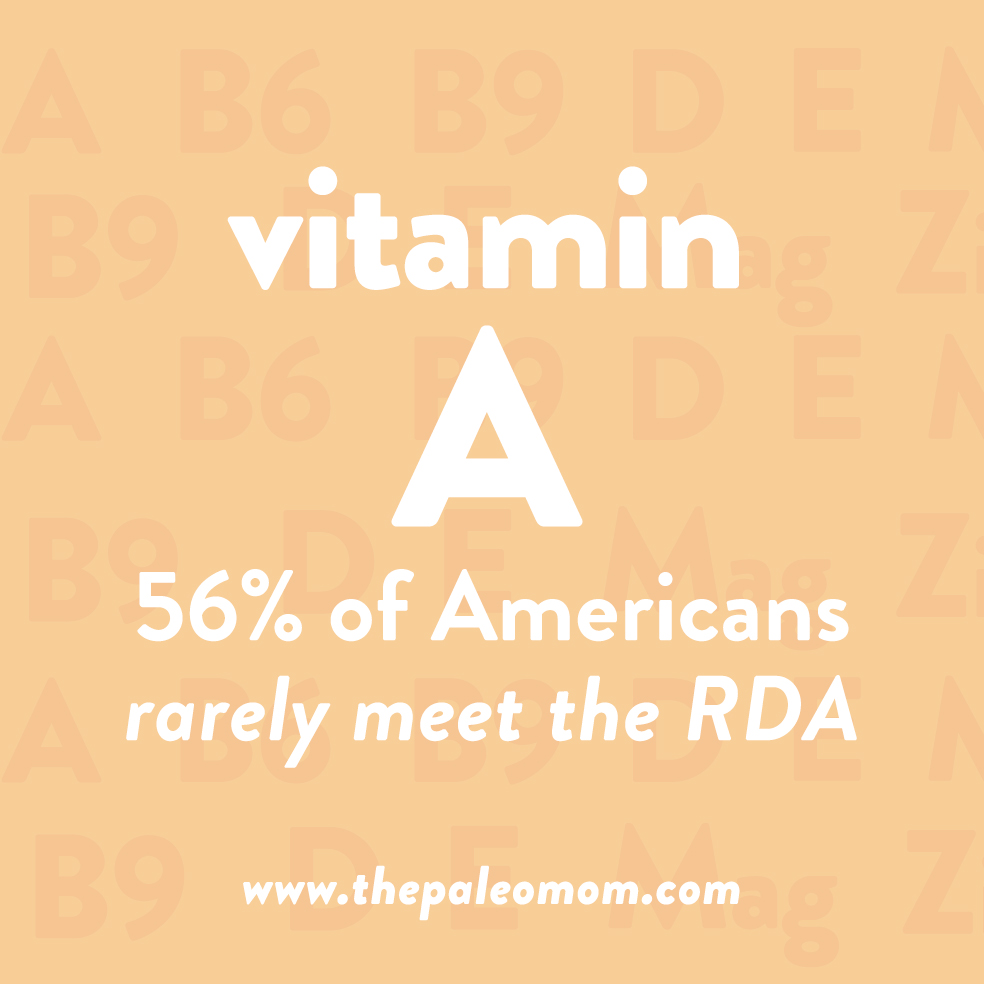 Vitamin A – 56% of Americans rarely meet the RDA
Vitamin A – 56% of Americans rarely meet the RDA
Not to be confused with beta-carotene (which is a vitamin A precursor, not vitamin A itself and is only converted at about 3% efficiency), this vitamin is essential for bone growth, tooth remineralization, skin health, vision, reproduction, and immune function. Retinol is found only in animal foods, including liver, eggs, grass-fed dairy products, and seafood (especially shrimp, salmon, sardines, and tuna). See also Vitamin A (Retinol), Why Everyone Should Be Eating Organ Meat, 3 Painless Ways to “Eat Your Liver”, Goat Milk: The Benefits of A2 Dairy, and Why Fish is Great for the Gut Microbiome.
 Vitamin B6 – 54% of Americans rarely meet the RDA
Vitamin B6 – 54% of Americans rarely meet the RDA
Important for cell metabolism and the production of hemoglobin, which carries oxygen in the blood. B6 is also vital for producing the key neurotransmitters GABA, dopamine, and serotonin. Sources include a wide variety of plant and animal foods, including leafy, cruciferous and root vegetables, fruits such as bananas, red meat, poultry, and seeds (especially sunflower and pumpkin seeds). See also Vitamin B6 (Pyridoxine), Why Root Veggies Are Great for the Gut Microbiome, Grass-Fed Beef: A Superfood worth the Premium Price, and For the Birds? How Poultry Fits Into a Paleo Diet.
 Vitamin B9 (folate) – 75% of Americans rarely meet the RDA
Vitamin B9 (folate) – 75% of Americans rarely meet the RDA
Plays an important role in methylation (the process of adding a methyl group to different molecules), making it a key player in methylation-dependent processes like detoxification and neuron signaling. Folate is also crucial for cardiovascular health, reproductive function (especially protecting against neural tube defects), and red blood cell production. Rich sources include organ meat, green vegetables (both leafy and non-leafy), legumes, beets, avocados, and fruits such as papayas, strawberries, and pomegranates. See also Vitamin B9 (Folate), The Green Bean Controversy and Pea-Gate, The Importance of Vegetables and Why Fruit is a Good Source of Carbohydrates.

Vitamin D – An estimated 75% of Americans are deficient
Assists in calcium absorption, immune system function, bone development, modulation of cell growth, neuromuscular function, and the reduction of inflammation. Although vitamin D can be produced when the sun’s UV rays hit the skin and trigger vitamin D synthesis, it also can be obtained from foods, including oily fish (such as salmon, tuna, and mackerel), mushrooms, fish roe, liver, and eggs. Severe deficiency is near impossible to address without supplementation, so it’s important to ask your healthcare provider to test your levels. Optimal serum vitamin D levels are between 50 and 70 nanograms per milliliter (ng/mL). If you’re deficient, consider supplementing with vitamin D3 (5,000 IU daily is a standard dose to address deficiency) and recheck every three months to make sure you don’t overshoot the mark. Vitamin D levels in excess of 100 ng/mL can also cause health problems. See also Vitamin D, Fructose and Vitamin D Deficiency: The Perfect Storm?, and Elevating Mushrooms to Food Group Status.
Nutrivore Weekly Serving Matrix
An easy-to-use and flexible weekly checklist
to help you maximize nutrient-density.
The Weekly Serving Matrix is very helpful! I’ve been eating along these lines but this really helps me know where to focus vs. which foods serve a more secondary role. It’s super helpful and has taken a lot of worry out of my meal planning. Thanks!
Jan
Vitamin E – 60% of Americans rarely meet the RDA
Actually a group of eight fat-soluble antioxidants, the most well-known of which is alpha-tocopherol. All forms of vitamin E help protect against free radical damage, reduce the harmful oxidation of LDL (“bad”) cholesterol particles in the bloodstream, and boost cardiovascular health. Foods high in vitamin E include nuts, seeds, leafy green vegetables, fatty fish, organ meat, and oily plant foods like avocados and olives. See also Vitamin E, Nuts and the Paleo Diet: Moderation is Key, Olive Oil Redemption: Yes, It’s a Great Cooking Oil!, and The Importance of Fish in Our Diets.
 Magnesium – 68% of Americans rarely meet the RDA
Magnesium – 68% of Americans rarely meet the RDA
Necessary for cell life. More than 300 different enzymes need magnesium to work, including every enzyme that uses or synthesizes ATP (the basic energy molecule in a cell) and enzymes that synthesize DNA and RNA. Magnesium also enhances control of inflammation and maintains nervous system balance. Foods rich in magnesium include green vegetables (both leafy and non-leafy), nuts and seeds, fish, legumes, and avocados. See also Magnesium, The Importance of Vegetables and Cruciferous Vegetables and Thyroid Disease.

Zinc – 73% of Americans rarely meet the RDA
Important for nearly every cellular function, from protein and carbohydrate metabolism to cell division and growth. Zinc also plays a role in skin health and the maintenance of sensory organs (that’s why zinc deficiency is associated with a loss of smell and taste) and is a vital nutrient for immune system function. Zinc also plays a vital role in gut health by improving gut barrier integrity (reversing “leaky gut”). The richest source is oysters, but other good sources include red meat, poultry, nuts and seeds, and legumes. See also Zinc, Oysters, Clams, and Mussels, Oh My! Nutrition Powerhouses or Toxic Danger? and Nuts and the Paleo Diet: Moderation is Key.
When we consider the foods richest in essential micronutrients, certain foods come up again and again as powerhouses of nutrition, especially liver and other organ meat, seafood (especially shellfish, but also fatty fish), nuts, seeds, vegetables of all kinds, but notably leafy greens, vegetables from the cruciferous family (which includes cabbage, broccoli, and kale), and mushrooms, as well as fatty fruit like avocados and olives. One of the best things you can do to ensure that your diet is abounding with micronutrients is to eat these foods liberally.
Citations
Bailey RL, West KP Jr, Black RE. The epidemiology of global micronutrient deficiencies. Ann Nutr Metab. 2015;66 Suppl 2:22-33. doi: 10.1159/000371618. Epub 2015 Jun 2.
“CDC’s Second Nutrition Report: A comprehensive biochemical assessment of the nutrition status of the U.S. population.” National Center for Environmental Health, Division of Laboratory Sciences. 2012.
Calton JB. “Prevalence of micronutrient deficiency in popular diet plans.” J Int Soc Sports Nutr. 2010 Jun 10;7:24.
Drewnowski A. “Concept of a nutritious food: toward a nutrient density score.” Am J Clin Nutr. 2005 Oct;82(4):721-32.
Fulgoni VL 3rd, et al. “Foods, fortificants, and supplements: Where do Americans get their nutrients?” J Nutr. 2011 Oct;141(10):1847-54.
Kant AK. Consumption of energy-dense, nutrient-poor foods by adult Americans: nutritional and health implications. The third National Health and Nutrition Examination Survey, 1988-1994. Am J Clin Nutr. 2000 Oct;72(4):929-36.
Pereira-Santos M, et al. “Obesity and vitamin D deficiency: a systematic review and meta-analysis.” Obes Rev. 2015 Apr;16(4):341-9.
Tulchinsky TH. “Micronutrient deficiency conditions: Global health issues.” Public Health Reviews. 2010. 32(1):243-255.

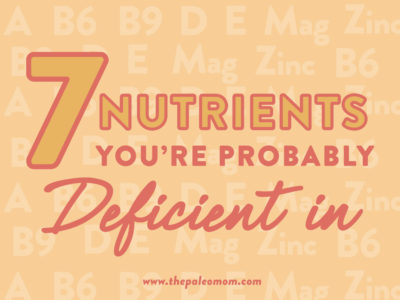
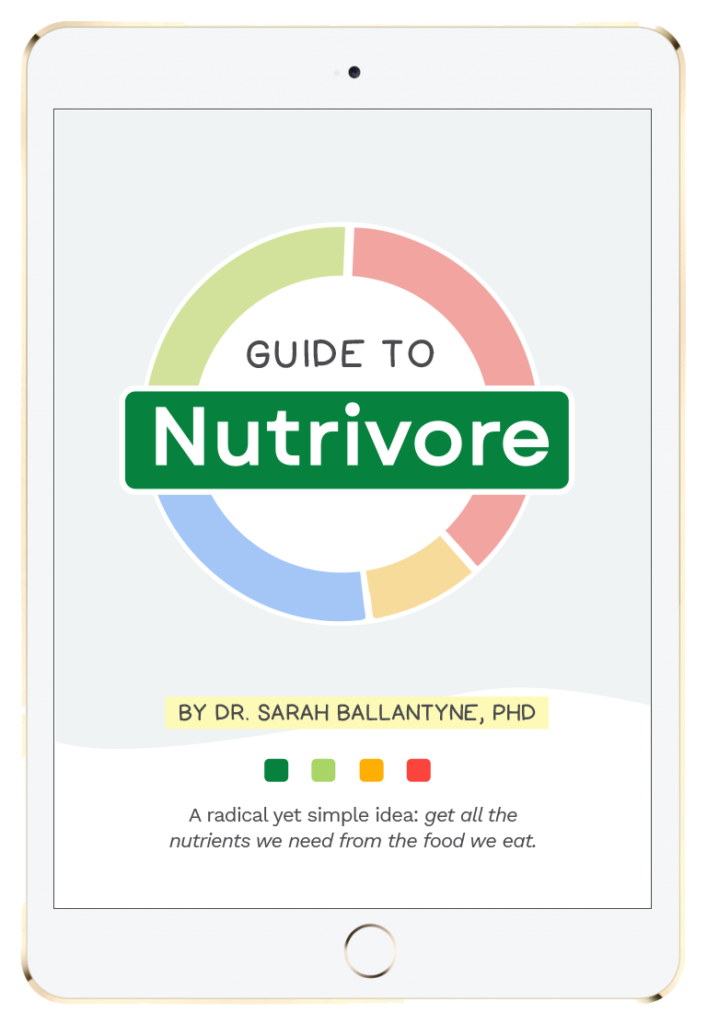
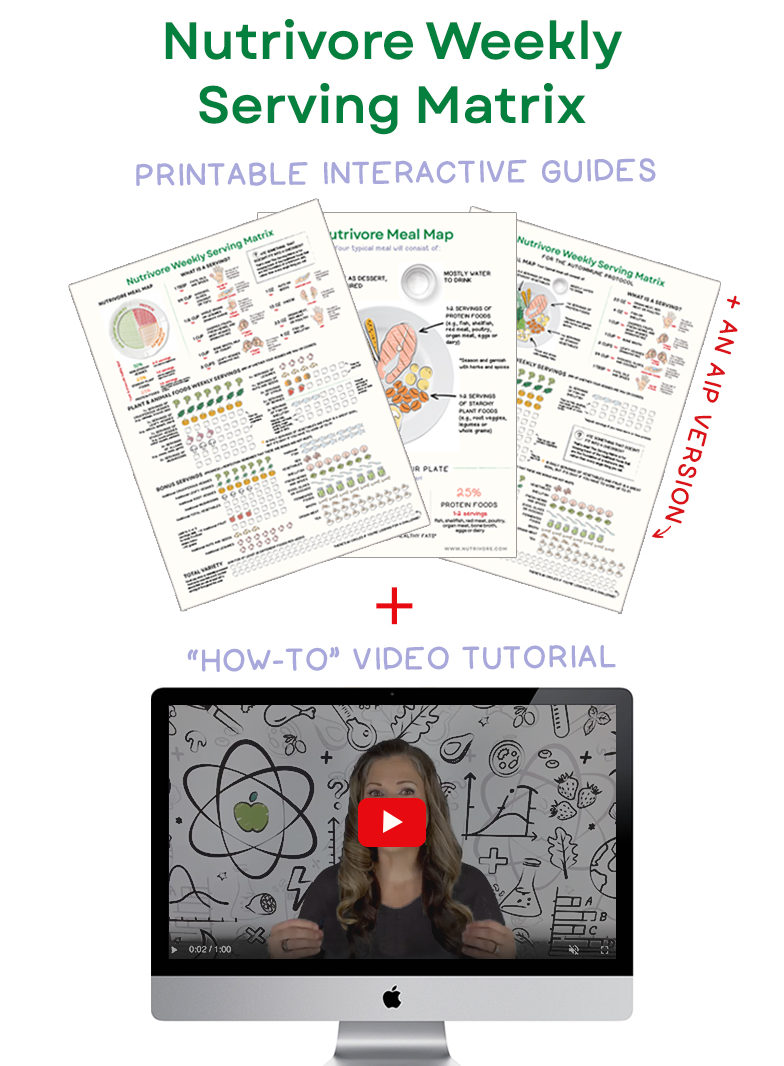
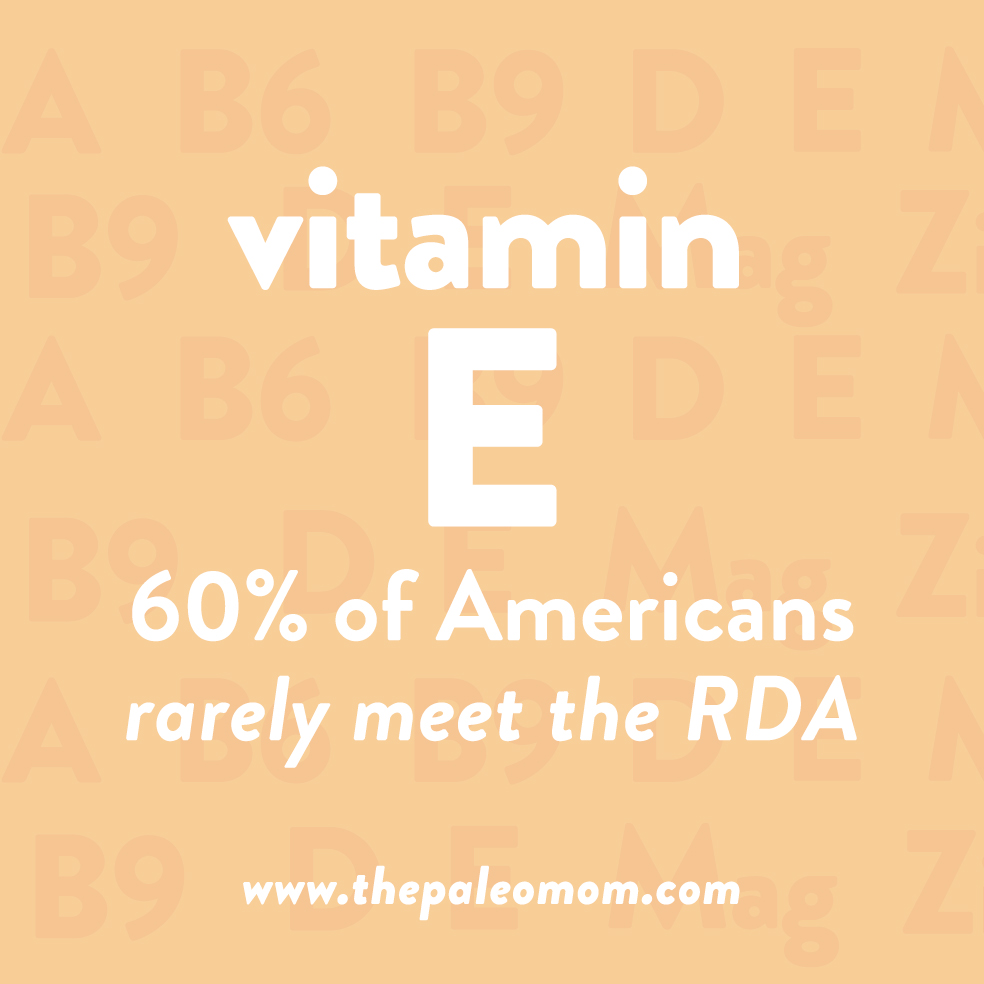
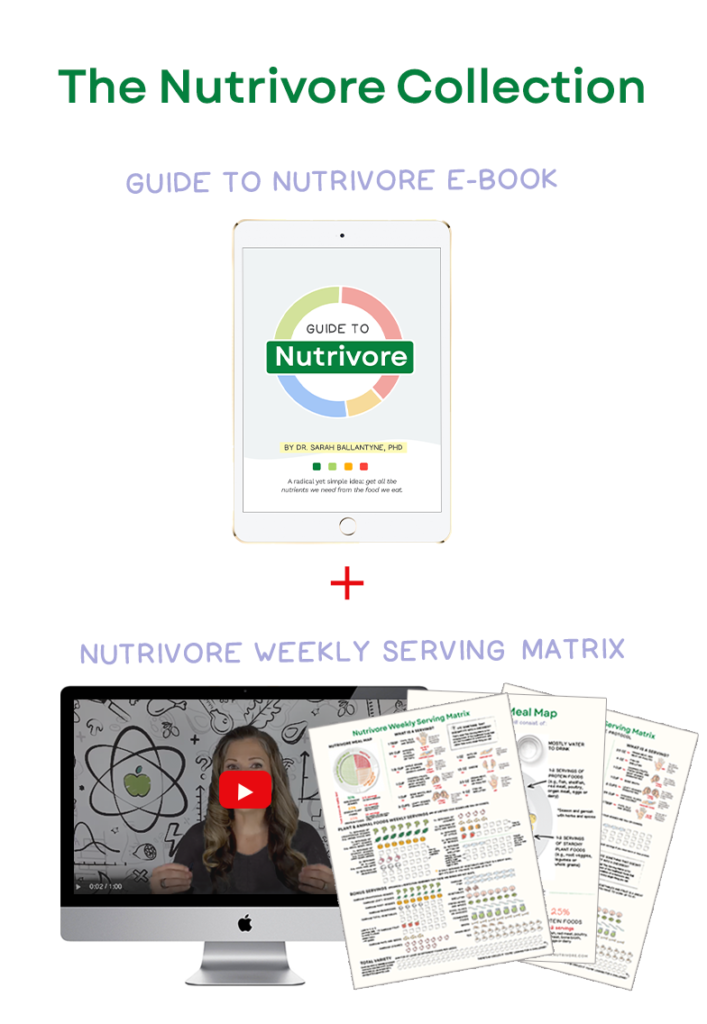
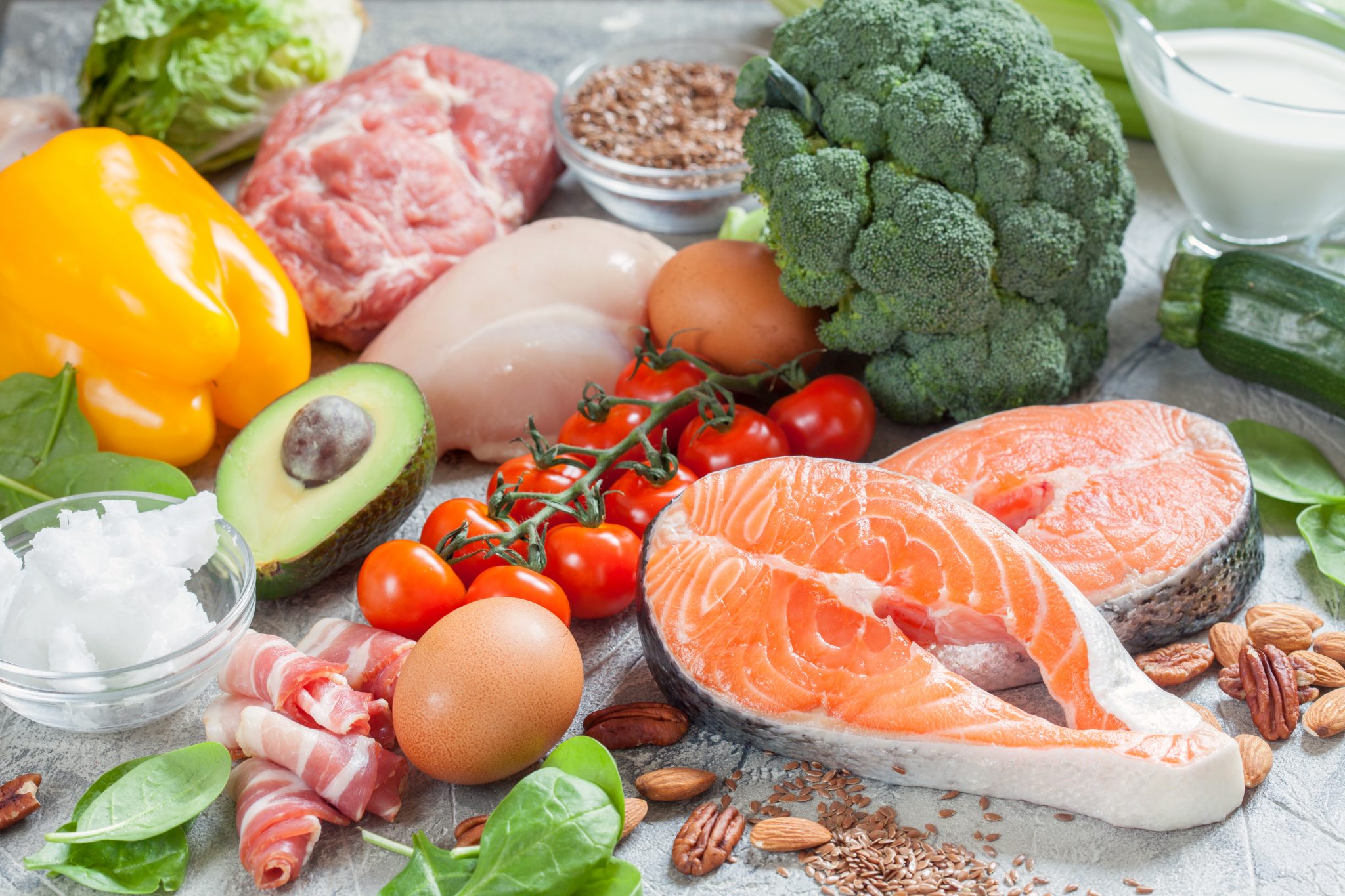
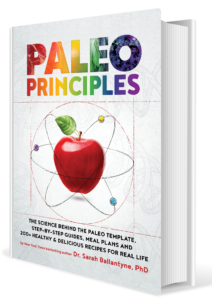
 TPV Podcast Episode 371: Postpartum Thyroiditis
TPV Podcast Episode 371: Postpartum Thyroiditis